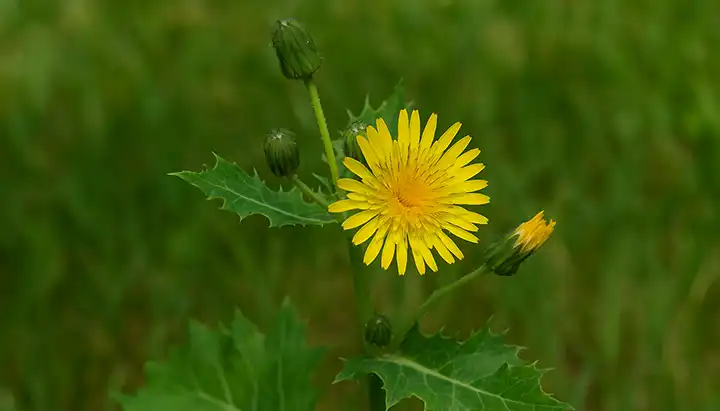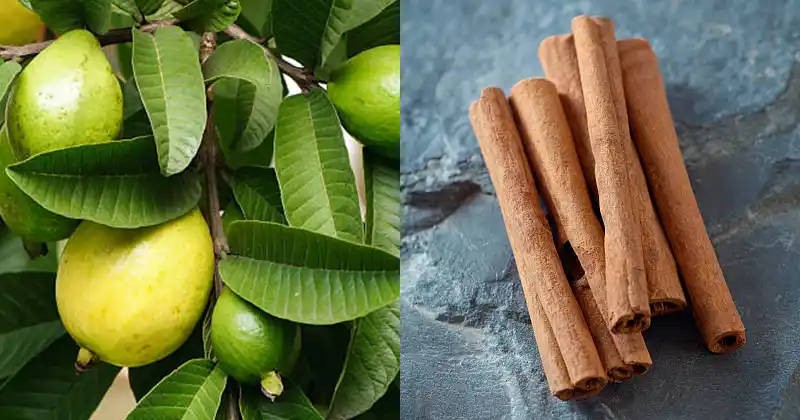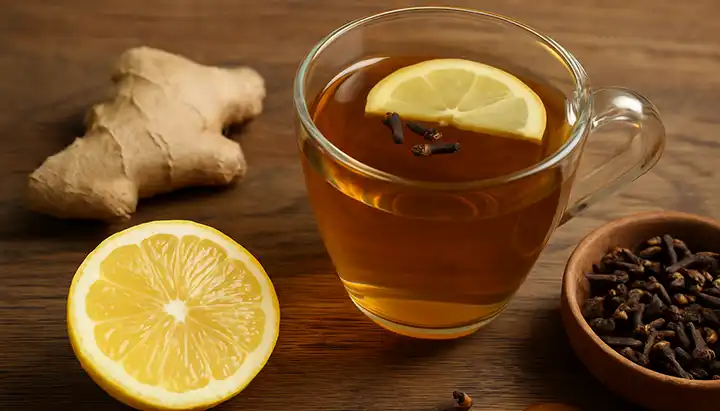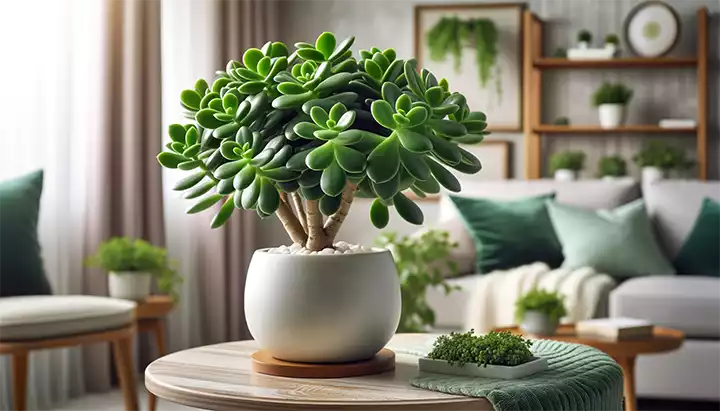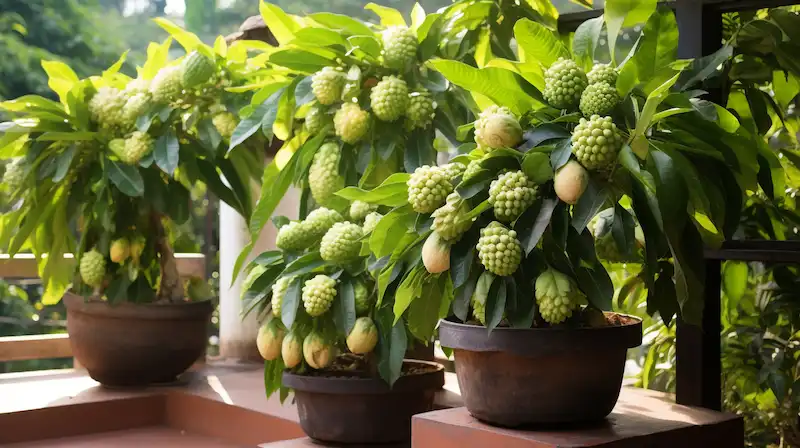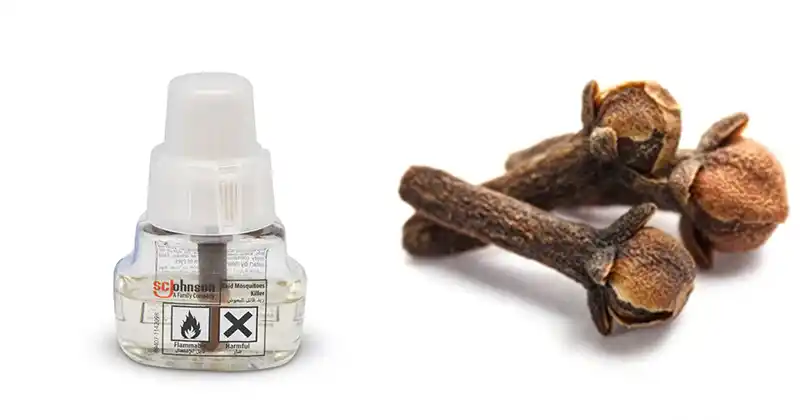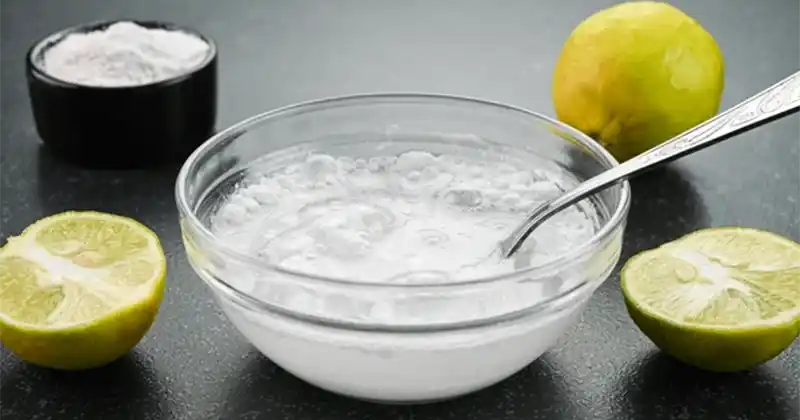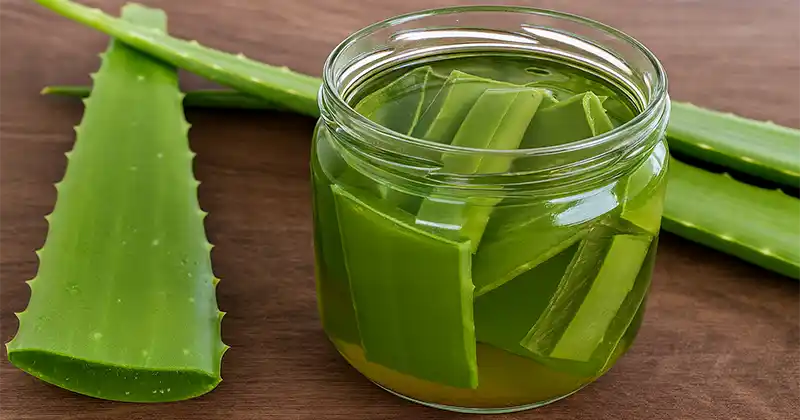The European Lily of the Valley, scientifically known as Convallaria majalis, is a charming plant celebrated for its fragrant white, bell-shaped blossoms. Adored in spring gardens across Europe and beyond for its delightful scent and graceful look, it harbors a hidden danger: every part of the plant is poisonous.
Whether you’re a gardener, forager, pet owner, or nature enthusiast, knowing how to identify this plant and the risks involved is crucial. This guide covers everything you need—from identification to safety tips for avoiding accidental poisoning.
How to Identify Lily of the Valley
Recognizing Lily of the Valley is straightforward when in bloom, particularly in spring or early summer. Look for these features:
Visual Features:
- Flowers: Small, white bells hanging from one side of a curved stem in clusters, typically in late spring.
- Leaves: Broad, lance-shaped green leaves rising from the base, usually 2-3 leaves per plant, about 15–25 cm long.
- Height: Grows low, ranging from 15 to 30 cm tall.
- Stem: Smooth, slender stalks with a slight arch.
- Roots: Propagates through underground rhizomes, forming dense clusters.
Smell: The flowers emit a strong, sweet fragrance popular in perfumes.
Where You’ll Find It
- Commonly found in woodlands, shady gardens, and forest edges.
- Often used as an ornamental ground cover in parks and private gardens, thanks to its fast-spreading nature.
- Native to Europe, but also present in temperate areas of North America and Asia.
The Danger: Toxicity of Lily of the Valley
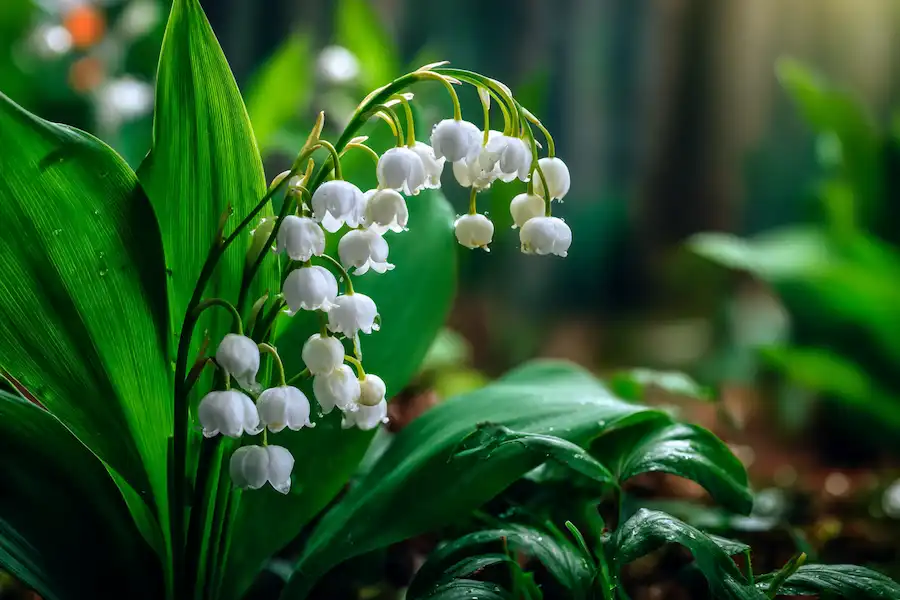
Despite its innocent appearance, every part of Lily of the Valley is highly toxic to humans and animals, including its flowers, leaves, stems, berries, and roots.
What Makes It Dangerous?
- Contains cardiac glycosides (convallatoxin and others) that affect heart function.
- These compounds are similar to digitalis, a potent heart medication, but at uncontrolled doses, they can be lethal.
Symptoms of Poisoning:
If ingested, symptoms can emerge within hours and include:
- Nausea and vomiting
- Diarrhea
- Slow or irregular heartbeat
- Dizziness
- Confusion or drowsiness
- In severe cases: heart failure, seizures, or death
Even the water from a vase containing the flowers can be toxic if consumed.
Who Is Most at Risk?
- Children: Attracted by the berries or flowers.
- Pets: Dogs and cats might chew on the leaves or flowers.
- Foragers: Might confuse it with wild garlic or edible plants like ramps.
Safety Tips to Prevent Accidental Poisoning
- Avoid Ingesting Any Part of the Plant
Do not consume, brew, or use Lily of the Valley in any homemade remedies. - Keep It Away from Children and Pets
Avoid planting it where kids or animals play unsupervised. - Wear Gloves When Handling
For gardening or plant division, wear gloves and wash hands thoroughly afterward. - Label It Clearly
In gardens, clearly label it with a warning sign. - Don’t Confuse It with Edible Plants
Lily of the Valley leaves may resemble wild garlic (Allium ursinum) when not flowering. Forage only if completely confident. - Dispose of Cuttings Carefully
Avoid composting parts if pets access the compost areas.
What to Do in Case of Suspected Poisoning
- Do not induce vomiting.
- Contact a poison control center or emergency services immediately.
- If a pet has ingested it, seek veterinary care promptly.
Can You Still Enjoy It Safely?
Yes, with caution. Lily of the Valley is a lovely, aromatic plant with controlled medicinal applications in pharmaceuticals, but it must be handled with care. Appreciate it in gardens or vases from a safe distance.
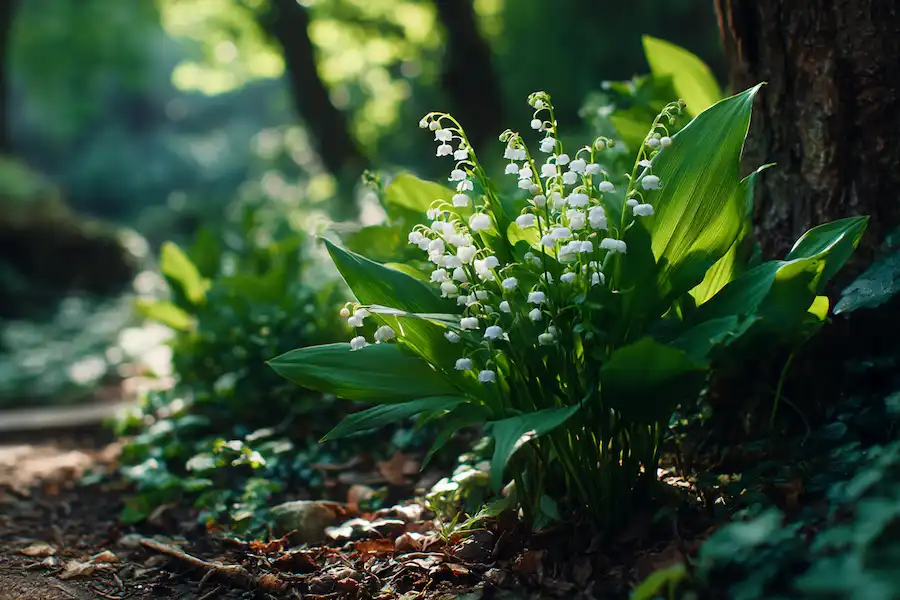
Lily of the Valley (Convallaria majalis) is a striking plant with a dangerous side. Though gorgeous and sweet-smelling, its potent toxicity should not be underestimated. With proper knowledge and caution, you can appreciate its beauty safely—always aware of its potential.
Disclaimer: This article serves informational purposes only and does not aim to diagnose or treat any condition. If you suspect poisoning, contact emergency services immediately.


